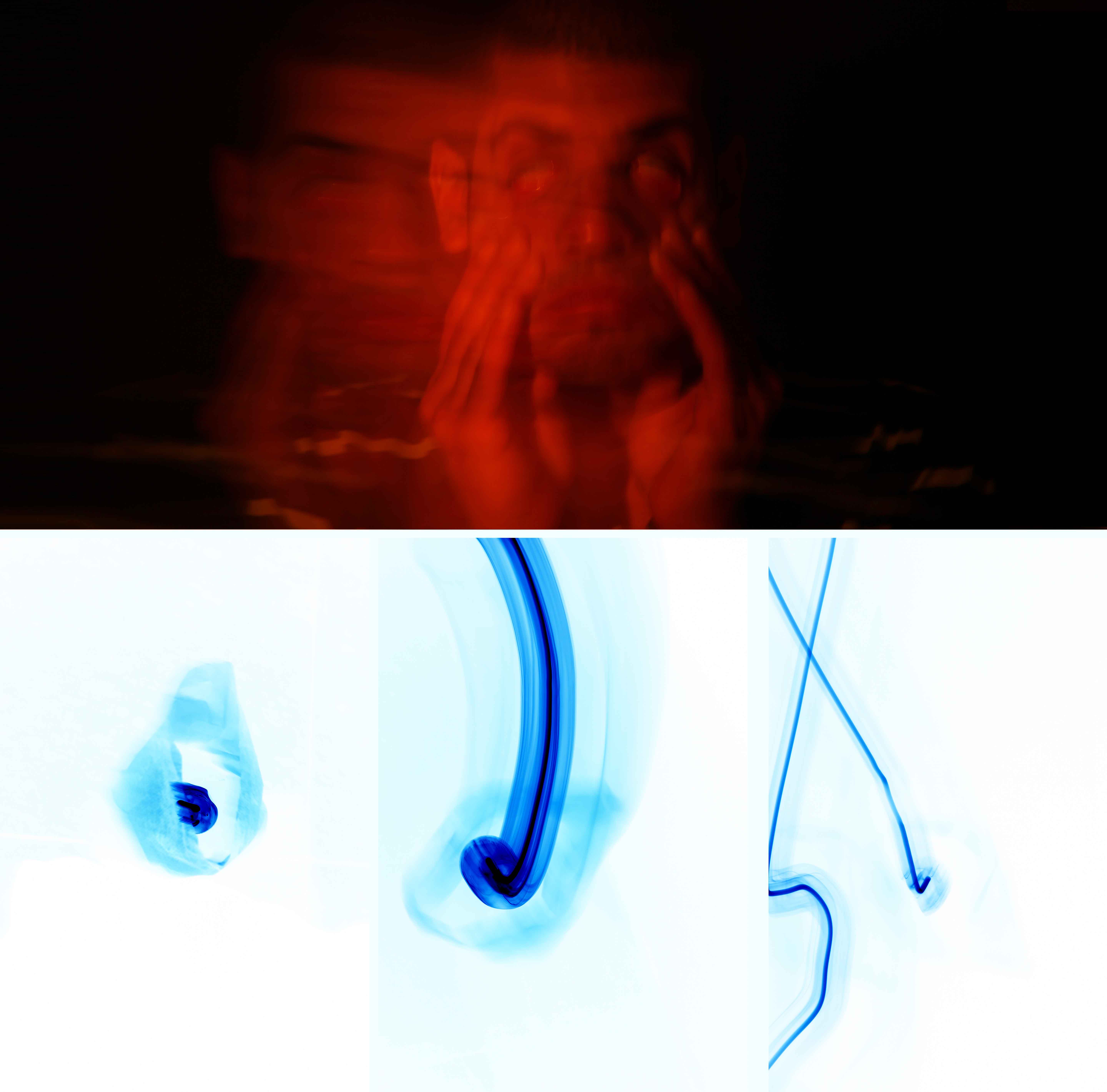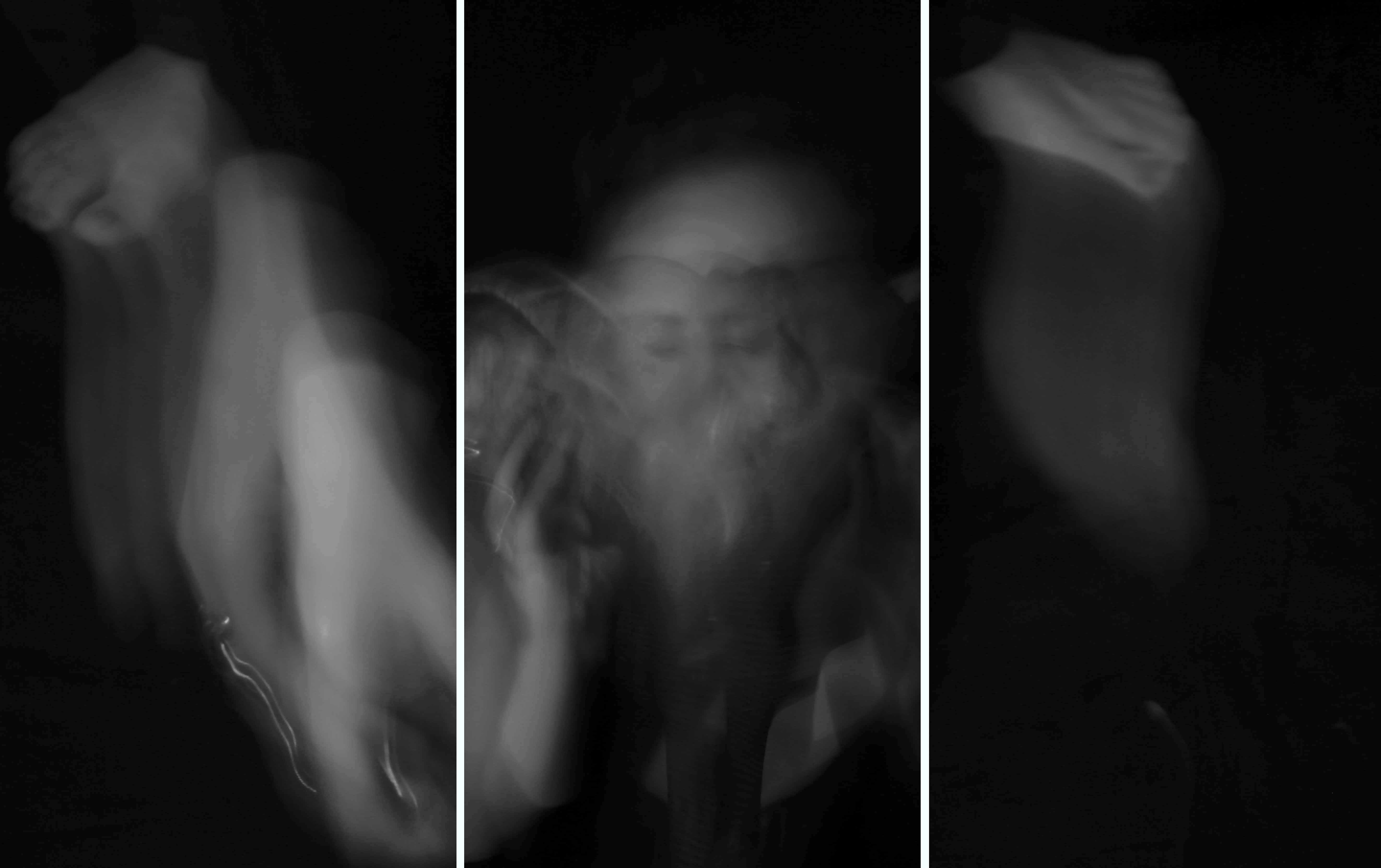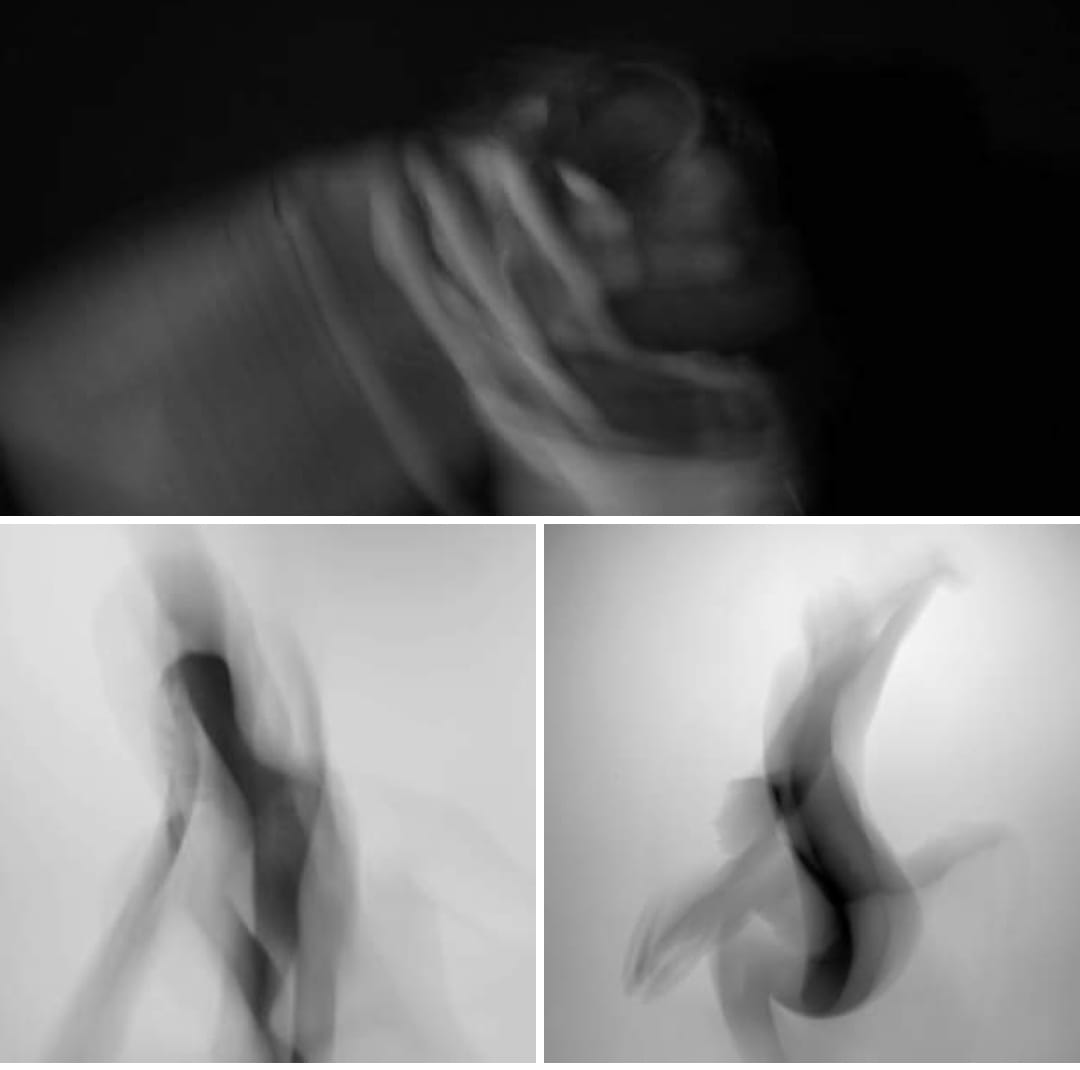Modern Israeli art is a vibrant tapestry woven from the threads of history, cultural exchange, and a constant search for identity. It is a story that transcends the headlines of conflict, revealing a dynamic art scene that pulsates with innovation, social commentary, and a deep connection to the land. This essay delves into the evolving narrative of Israeli art, from its early days seeking a unique voice to its contemporary engagement with global trends and pressing social issues.
Rooted in the Land: The Early Search for Identity
The birth of modern Israeli art coincided with the Zionist movement in the early 20th century. Institutions like the Bezalel Academy of Art and Craft, established in 1906, aimed to create a distinct Jewish artistic style. Inspired by European art movements like Art Nouveau, early artists like Boris Schatz drew on biblical themes and historical figures, celebrating Jewish heritage and fostering a sense of national identity.
However, this initial focus on tradition soon gave way to a yearning for a more authentic expression rooted in the land itself. The "Canaanite" movement, spearheaded by artists like Anna Ticho and Marcel Janco in the 1920s, looked towards the ancient cultures of the Levant for inspiration. Their paintings and sculptures depicted the landscapes, flora, and fauna of the region, rejecting European influences for a distinct visual language that embodied a connection to the pre-Jewish past. This shift marked a turning point, as artists began to explore the unique identity of the nascent nation through its geography and history.
War, Trauma, and Social Commentary
The turbulent history of Israel is deeply inscribed in its art. The decades following the establishment of the State of Israel in 1948 were marked by war, conflict, and social unrest. Artists like Yohanan Simon emerged as powerful voices of social commentary. His stark, monochrome paintings depicted the harrowing realities of war and the psychological scars it inflicted on individuals and society. Lea Goldberg's fragmented and often unsettling sculptures echoed the anxieties and complexities of a nation grappling with its own definition and place in the world. These artists utilized their work to bear witness to historical events and engage viewers in critical reflection on the human cost of conflict.
A Global Conversation: Beyond Borders
Modern Israeli art is not insular. Many prominent Israeli artists have been influenced by, and contributed to, global art movements. Michael Gross, who fled Europe during World War II, brought a strong European Expressionist influence to Israeli art in the mid-20th century. Conversely,
Navigating Challenges and Embracing the Future
Despite its vibrancy, Modern Israeli art continues to face some challenges:
- The Weight of History: The ongoing Israeli-Palestinian conflict casts a long shadow. While this has led to powerful social commentary, it can overshadow the diversity of themes explored by Israeli artists.
- Internal Debates: Debates surrounding national identity and the role of art in a society grappling with complex social issues continue to shape the discourse. These debates, while sometimes challenging, also contribute to the dynamism of the art scene.
- Balancing Local and Global: Finding a balance between addressing local concerns and engaging with international trends remains a constant challenge for contemporary artists.
However, Modern Israeli art demonstrates a remarkable ability to navigate these challenges and embrace the future:
- Global Recognition: The international art market plays a role in fostering connections. Israeli artists like Michal Rovner and David Hockney have achieved international recognition, garnering attention from collectors and institutions worldwide. This growing visibility raises the profile of Israeli art and promotes its accessibility to a broader audience.
- The Power of Diaspora: The vast Jewish diaspora serves as a bridge for Israeli art to reach a wider audience. Museums with Judaica collections and galleries specializing in Israeli art worldwide promote understanding and appreciation for this unique artistic voice.
- A Catalyst for Dialogue: By showcasing the breadth and depth of its artistic expression, Israeli art challenges simplistic stereotypes about the region. It fosters dialogue, promotes cross-cultural exchange, and offers a platform for critical reflection on universal human experiences.
Conclusion: A Window into the Soul
Modern Israeli art, with its rich historical context, diverse expressions, and commitment to social commentary, remains a powerful window into the soul of a nation. It transcends narratives of conflict, offering a nuanced and multifaceted perspective on the human spirit's enduring capacity for creativity. As Israel navigates its future, its art will undoubtedly continue to evolve, pushing boundaries, challenging assumptions, and leaving an indelible mark on the global artistic landscape. The vibrant story of modern Israeli art is a testament to the transformative power of artistic expression, reminding us that even amidst division, there remains a shared language of creativity that connects us all.
Israeli Artists Exploring the History of Canaan and Israel:
Early 20th Century (Canaanite Movement):
- Anna Ticho (1894-1980): Painting, Drawing, Printmaking. Her landscapes and depictions of local flora and fauna drew inspiration from the pre-Jewish past of the land.
- Marcel Janco (1895-1989): Painting, Sculpture, Graphic Design. His work incorporated elements of ancient Canaanite mythology and aesthetics.
Contemporary Artists (Engaging with the Past):
- Drora Doron (Born 1954): Photography, Sculpture. Her work explores themes of archaeology, memory, and the erasure of history, often referencing ancient Canaanite sites.
- Eyal ben simon (Born 1978): Experimental Photographyv video art, mix media, digital art, Sculpture and more.
- Yigal Zalmona (Born 1944): Painting, Sculpture. His work incorporates archaeological imagery and artifacts, prompting reflection on the region's layered history.
- Ilana Gur (Born 1954): Video Installations,
Summary
Modern Israeli art, born alongside Zionism, began by celebrating Jewish heritage. The "Canaanite" movement then looked to the pre-Jewish past of the land for inspiration. War and social unrest led artists like Yohanan Simon to create social commentary. Today, Israeli art isn't insular – it embraces global trends and new forms like video installations by Michal Helfman. Challenges like the weight of history remain, but Israeli art thrives with international recognition and its ability to foster dialogue. From the land of Canaan to the canvas, Israeli art offers a window into a nation's soul.






